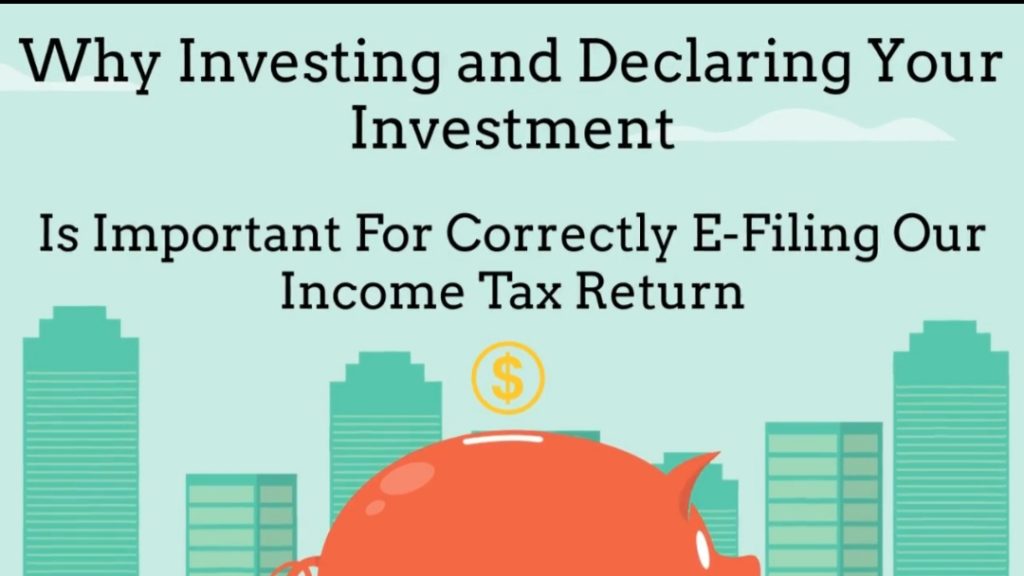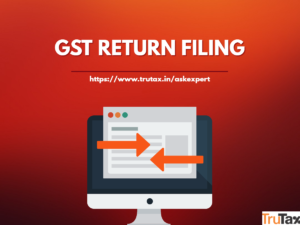The salary of the first month of this financial year (FY) is due in some days, and you’ll have already got that mail asking you to provide an investment declaration for the year. While pushing the mail to the bin could also be tempting, it can cost you. Sure, you’ll get back the additional tax you paid, but that may only happen once you file a income tax return and evoke a refund.

But before you refill that form, it’s better to know how your salary is taxed and what these deductions are.
To make the collection process simpler, the income tax department has laid down rules for the payer, asking them to deduct a particular amount as tax when a payment is made. The rate at which TDS needs to be deducted differs based on the source of income. For example, if the source of income is salary, TDS is deducted consistent with the applicable slab rate to the employee.
No tax is to be deducted, if your taxable income (salary) is less than the maximum amount not chargeable to tax, consistent with the present tax slab rules. Taxable income is calculated after factoring in deductions.
In other words, no TDS has got to be deducted by the employer if the taxable salary is up to Rs2.5 lakh for an individual below the age of 60 years, Rs3 lakh for senior citizens (between the age of 60 and 80 years) and Rs5 lakh for very senior citizens who are 80 years and above. Once taxable income crosses the fundamental threshold limit, the suitable slab rate applies.
Investments And Expenses
Investments declaration helps your employer know the expenses you incur and investments you’ve got made or arrange to make during a financial year.
Many expenses qualify for deductions—for instance, rent, children’s tuition fees, repayment of education loan, and health insurance premium.
Investments in instruments like equity-linked savings schemes (ELSS), Public Provident Fund (PPF), Sukanya Samriddhi Account, National Savings Certificates (NSC) and then on also qualify.
You need to declare these planned investments or expenses in order that your employer can consider them while calculating your taxable income to deduct TDS.
Here’s an example. Suppose an individual has an estimated salary income of Rs6 lakh for FY 2018-19. If she doesn’t make any declaration or invest, her liabilities would be Rs33,800, which the employer will deduct over subsequent 12 months from the salary.
However, just in case she gives a declaration of investments to the tune of Rs1.5 lakh within the instruments that qualify for deduction under section 80C of the Act and another declaration of Rs25,000 to shop for a health insurance policy, her taxable income will come down by Rs1.75 lakh to Rs4.25 lakh. Consequently, her liabilities will come right down to Rs9,100, and therefore the employer will need to deduct TDS accordingly each month.
Declaring Investments
An investment declaration is merely a roadmap of what you propose to invest in. But at the end of the financial year, you’ll be required to submit the actual proof of investments and expenses.
Employers are required to gather proof of investments and expenses, like rent receipts, open-end fund statements, premium receipts then on to validate the deduction claimed by the employee at the start of the financial year. It’s not necessary that your investments need to be precisely the same as your declaration.
For instance, in your declaration, you would possibly have mentioned that you simply are going to be investing Rs1 lakh in ELSS and Rs25,000 in PPF under Section 80C, but you’ll instead invest Rs50,000 in ELSS, Rs25,000 in PPF, Rs25,000 in NSC and pay a life insurance premium of Rs25,000 under an equivalent section.
In such a situation, your employer will take under consideration actual proof submitted rather than what was declared and calculate your tax liability accordingly. But make sure that the new investments come under an equivalent basket of deductions.
A well-planned strategy will assist you make investments as declared without disturbing your cash flow. Spread your investments throughout the year, instead of waiting till the last month.
